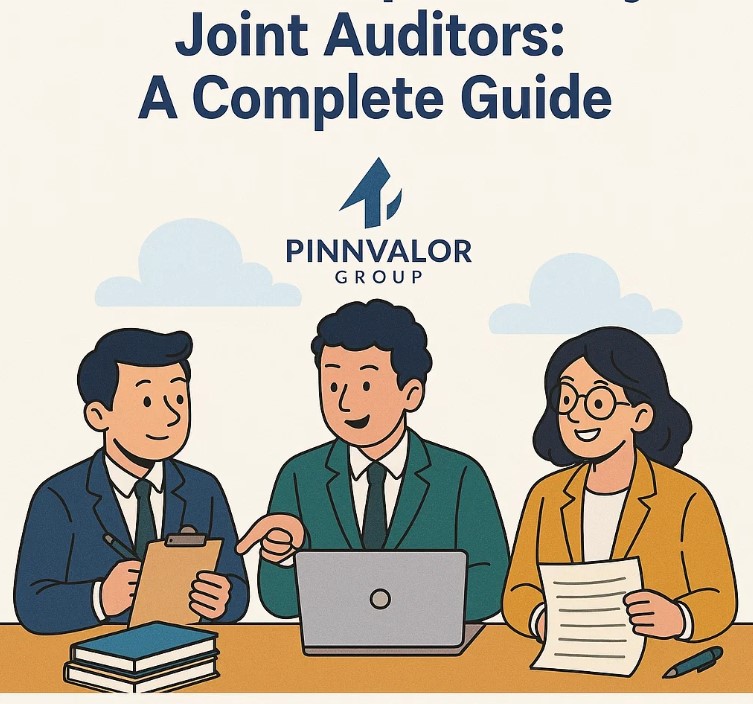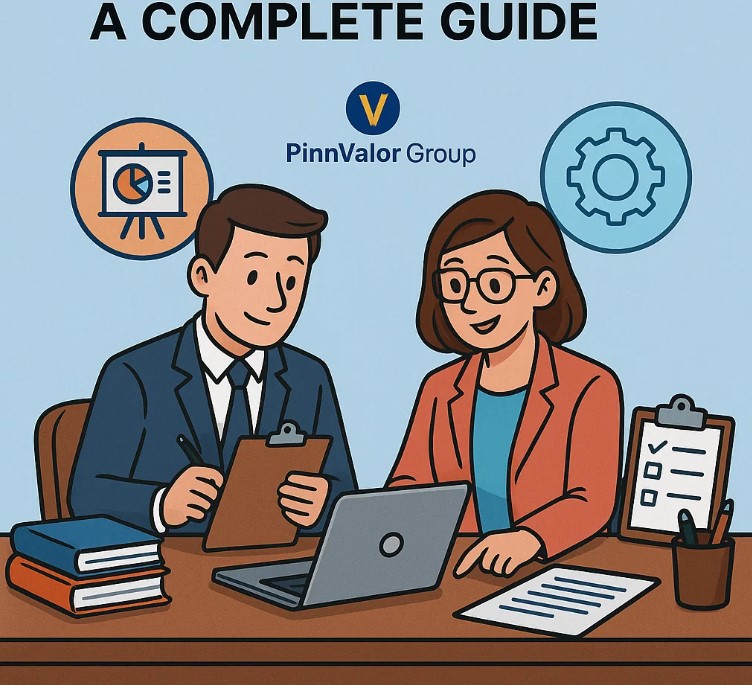
SA 299 – Responsibility of Joint Auditors: A Complete Guide
In the world of auditing, the credibility and accuracy of financial statements are paramount. For larger organizations or complex entities, it is not uncommon to appoint two or more auditors jointly to conduct an audit. In such cases, SA 299 – Responsibility of Joint Auditors, issued by the Institute of Chartered Accountants of India (ICAI), provides the framework for defining roles, responsibilities, and coordination among joint auditors.
Ever thought about how disagreements are handled in joint audits?
Clear communication, proper planning, and documented responsibilities are the keys to a successful joint audit. Every opinion matters.
This guide breaks down SA 299, highlighting its objectives, key responsibilities, challenges, and best practices to ensure a seamless and effective joint audit.
Introduction to SA 299
When multiple auditors are appointed for the same entity, they are referred to as joint auditors. SA 299 recognizes the importance of collaboration without compromising independence, ensuring that each auditor fulfills their duties while contributing to a coordinated audit process.
Objective of SA 299:
To provide guidance on the responsibilities of joint auditors and ensure the audit is performed efficiently, meeting the required auditing standards.Applicability of SA 299
SA 299 is applicable when:
- Two or more auditors are appointed jointly to audit a company or entity.
- The appointment may be statutory, as mandated by law, or mutually agreed with the client.
- The auditors may belong to the same firm or different firms, but each retains independent responsibility.
Key Principle: Even though auditors collaborate, each auditor is individually accountable for the audit opinion expressed.
Key Responsibilities of Joint Auditors
SA 299 outlines responsibilities to ensure clarity, accountability, and effective coordination:
1. Independent Responsibility
Each auditor is responsible for the audit work they perform and the conclusions they reach. Delegation of judgment to another auditor is not permitted.
2. Division of Work
Auditors may divide their audit tasks based on expertise, area, or function. This division should be:
- Documented clearly
- Agreed upon before the audit begins
- Communicated to all joint auditors
Example: In a diversified company, one auditor may focus on manufacturing operations while another audits financial services.
3. Coordination and Communication
Joint auditors must maintain regular communication to:
- Share observations and findings
- Discuss risks and significant matters
- Ensure uniformity in audit approach
4. Joint Audit Planning
- Auditors should plan the audit together, including risk assessment, scope, and timing.
- Plans should be adaptable to address issues arising during the audit.
5. Audit Evidence and Work Review
- Each auditor must obtain sufficient appropriate audit evidence in their area.
- While work can be reviewed by other auditors, responsibility for conclusions remains with the auditor performing the work.
6. Audit Reporting
- A single audit report may be issued jointly, signed by all auditors.
- In case of disagreements, auditors should first attempt resolution.
- If unresolved, the disagreement must be clearly disclosed in the report.

Challenges in Joint Audits
Joint audits bring multiple perspectives, but they also present challenges:
- Coordination Difficulties: Aligning schedules and audit approaches.
- Consistency Issues: Differences in methodology or risk evaluation.
- Disagreements: Divergent opinions on accounting treatments or material misstatements.
- Responsibility Clarity: Ensuring clear accountability for specific audit areas.
Best Practices for Joint Auditors
To ensure a smooth and compliant joint audit:
- Conduct a kick-off meeting to finalize scope and division of work.
- Establish communication protocols for sharing findings.
- Document the division of responsibilities and maintain audit trails.
- Conduct periodic reviews of interim findings.
- Seek consensus on the audit opinion before finalizing the report.
Conclusion
SA 299 ensures that joint auditors collaborate effectively without compromising individual responsibility. Clear planning, consistent communication, and documented agreements are critical for a successful joint audit. By adhering to SA 299, auditors enhance the credibility, reliability, and quality of financial reporting, reinforcing stakeholder confidence in the audited financial statements.
Key Takeaways:
- Each joint auditor retains independent responsibility.
- Clear division of work prevents confusion and conflict.
- Coordination and communication are essential for audit quality.
- Disagreements must be documented and disclosed if unresolved.